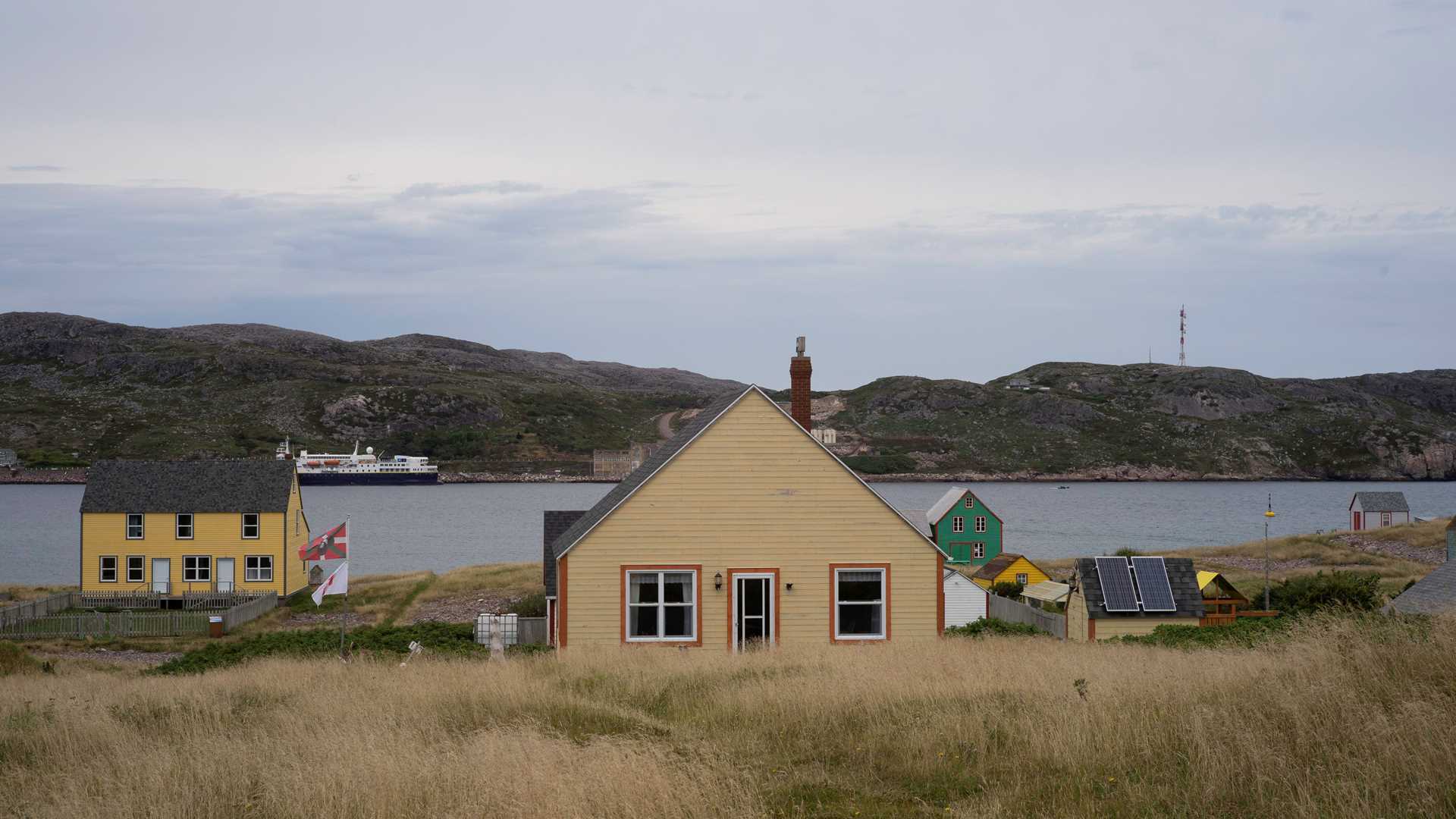We had a great day in Saint Pierre et Miquelon. Take a look at our photos and read the captions to learn more!
9/29/2024
Read
National Geographic Explorer
Terra Nova, Newfoundland
We dropped anchor deep into one of the fingers of Bonavista Bay to explore Terra Nova National Park, Canada’s most eastern parks, whose name is derived from the Latin for Newfoundland. The highly popular park abounds with forested hills, bogs, ponds, and wetlands all inhabited by a plethora of small and large mammals, migratory birds, and of course, plants. Remains of the ancient Appalachian Mountains provide a textbook of geological features, and the accessible seashore offers much for intertidal enthusiasts. In overcast and cool weather, we had the usual offerings of hikes: a casual loop emphasizing plant interpretation, an intermediate hike along the shore and forest, and a strenuous hike through the forest and over innumerable roots designed to challenge foot dexterity and agility. We returned to National Geographic Explorer for lunch, then back to the park for independent exploration and to hear a spirited performance by Rum Ragged, an award-winning Canadian folk music group from Newfoundland and Labrador. The quartet’s use of bouzouki, fiddle, bodhran, banjo, guitar, button accordion, combined with striking harmonies and storytelling, created a truly unique auditory and visual experience. The evening (and voyage) concluded with the traditional captain’s dinner and guest slideshow. Future National Geographic photographers, perhaps?







